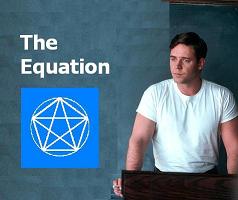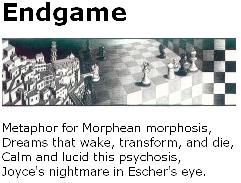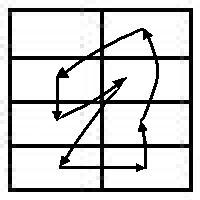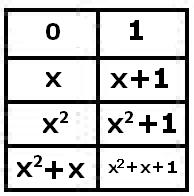The Boys from Uruguay
If one were to write a “secret history” of the twentieth century, one possible organizing theme might be the religious struggle between worshippers of the Semitic deity (variously known as Yahweh, God, and Allah) and worshippers of the Aryan deities… notably, the Aryan god of music, light, and reason, Apollo.
(See my jounal notes of Monday, Sept. 2, 2002, below.)
In perhaps the best academic website I have ever seen, Karey L. Perkins quotes Walker Percy:
“The truth is that man’s capacity for symbol-mongering in general and language in particular is…intimately part and parcel of his being human, of his perceiving and knowing, of his very consciousness…”
The greatest symbol-monger of the twentieth century was, of course, Adolf Hitler. His use of the Aryan sun-wheel symbol rose to the level of genius. Of course, it ultimately failed to win the approval of the sun god himself, Apollo, who is also the god of reason.
Since symbol-mongering cannot be avoided, let us hope that it can be done in a somewhat more reasonable way than that of the National Socialist movement. Two examples suggest themselves.
- From Peggy Noonan’s column of Friday, Sept. 6:
The cross, the heart, and the flag.
-
From Karey Perkins’s website:
A brain, a heart, and courage.
On this Rosh Hashanah, the cross as a symbol of intelligence may be offensive to some worshippers of Yahweh. Let them read The Archivist, a novel by Martha Cooley, and then my journal note The Matthias Defense.
They might also contemplate the biblical quotation in the musical “Contact” broadcast from Lincoln Center on September 1, 2002: “Let there be light!”
Three Jews named Paul have been associated with light…
-
Saul of Tarsus, who later assumed an alias.
-
Paul Newman, whose performance in “The Verdict” continues, indirectly, to trouble Cardinal Law of Boston.
-
Paul R. Halmos, a personal hero of mine ever since I saw his Finite Dimensional Vector Spaces and Measure Theory as an ignorant young undergraduate browsing the bookstores of Harvard Square.
In accordance with the “secret history” theme mentioned above, the struggle between Aryan and Semitic religions may also be viewed in the light of the struggle between Christianity and Communism. Hitler exploited this viewpoint very successfully, pretending to be the champion of the Christians against the godless Reds. Peggy Noonan also successfully uses this strategy. Both Hitler and Noonan manage to ignore the fact that Christianity is itself one of the Semitic religions, and that at least two of its three deities are Jewish.
As for me, I rather identify with the young Hitler clone at the end of the film “The Boys from Brazil.” Forced to decide between Gregory Peck and Sir Laurence Olivier, he sides with Olivier. His reason? Peck lied.
In a similar situation, forced to decide between Peggy Noonan and the Jew Halmos, I would probably side with Halmos. Halmos, who should, if not a saint, be at least dubbed a knight, does not, unlike the great majority of the damned human race, lie.
See Halmos’s memoir, I Want to Be a Mathematician. In particular, see the single index entry “communist by allegation” and the 29 entries under “Uruguay.”
Happy birthday to Elia Kazan and Peggy Noonan, and a happy and prosperous New Year to should-be-Sir Paul R. Halmos.





















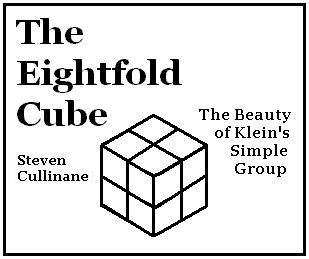

 (Photo from
(Photo from 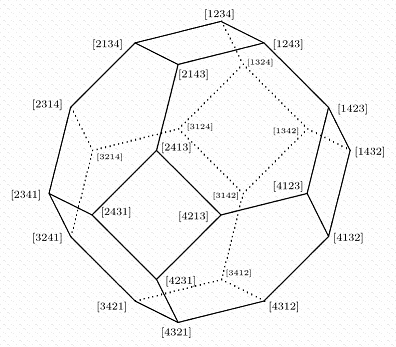



























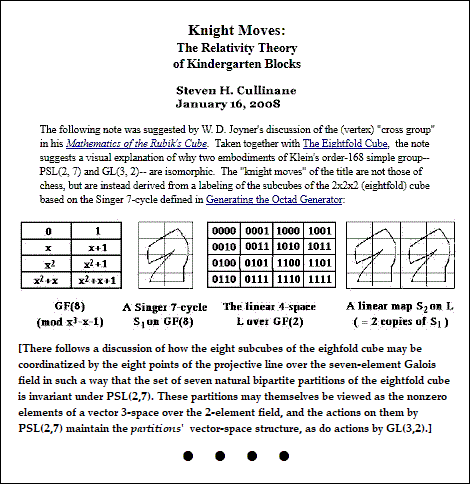
.gif)

-GL(3,2)-Oct-2009.jpg)

















